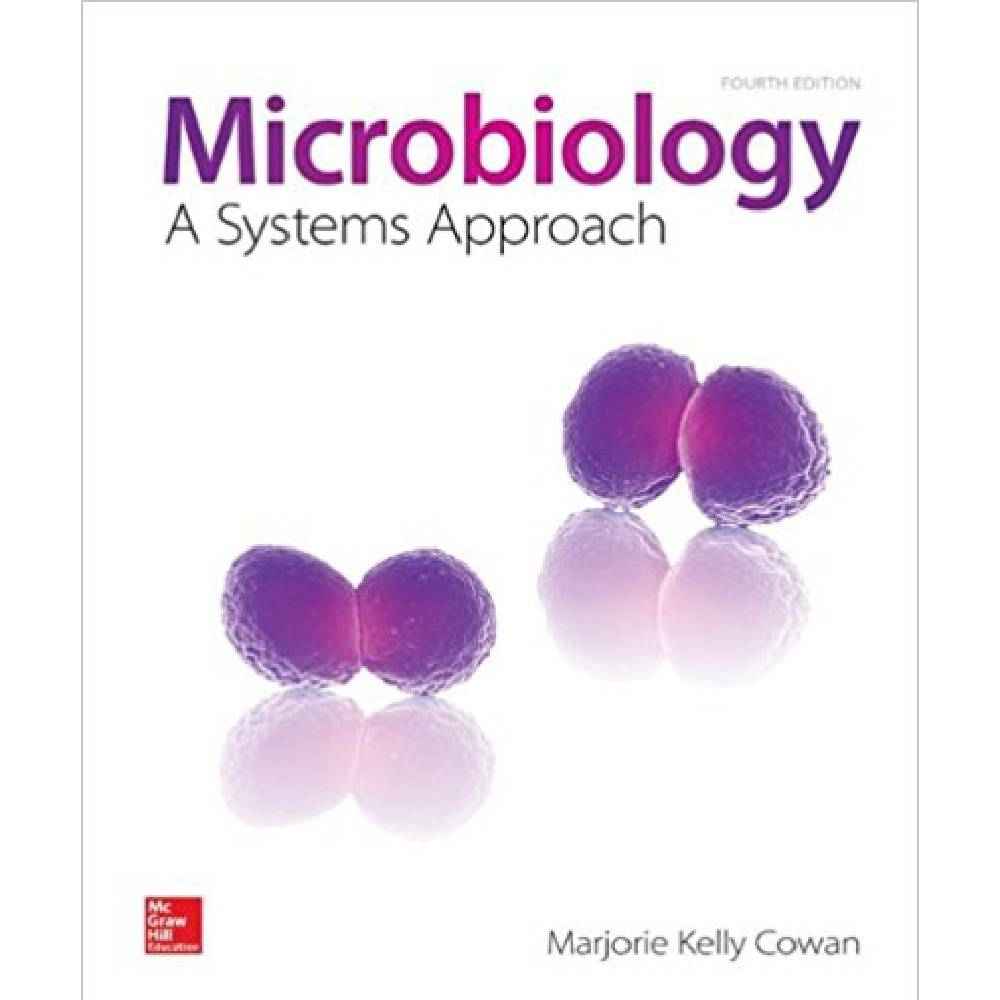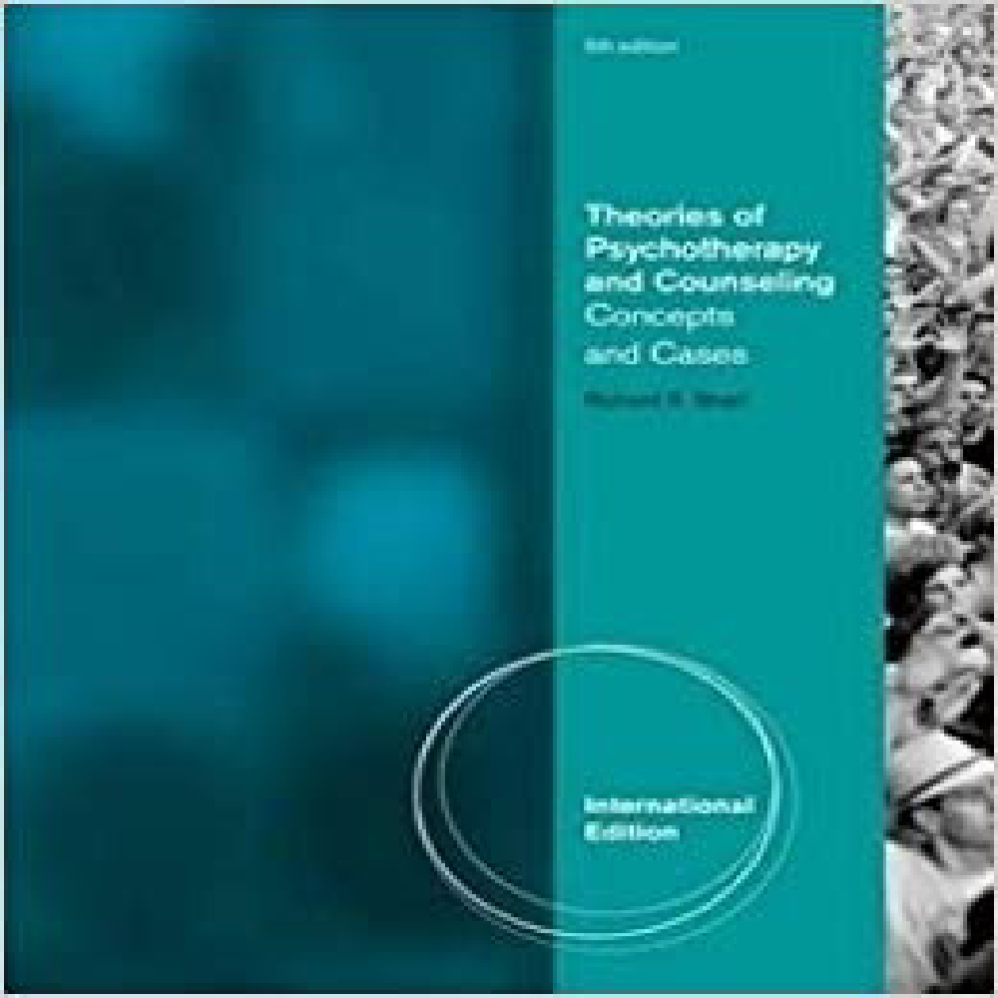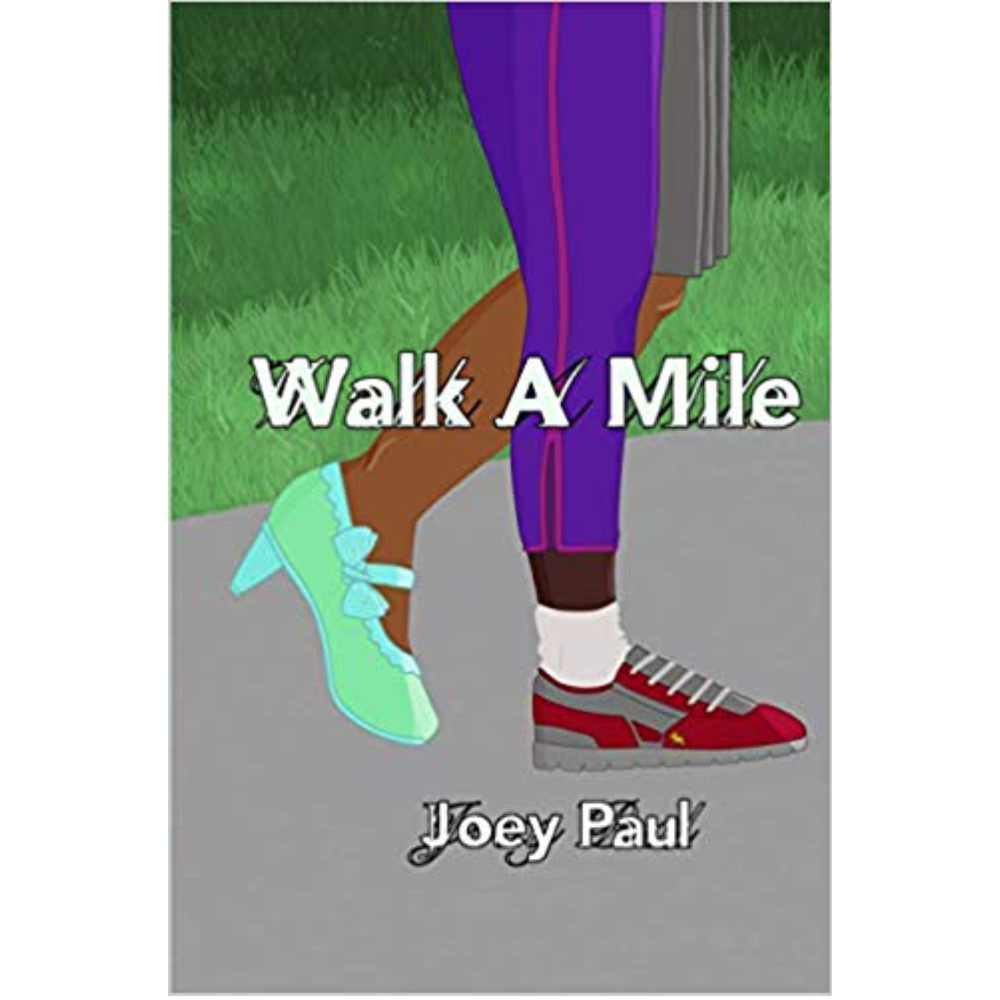Walk A Mile 1st Edition By Joey Paul – Test Bank
$55.00
Walk A Mile 1st Edition By Joey Paul – Test Bank
You will receive this product within 24 hours after placing the order
Walk A Mile 1st Edition By Joey Paul – Test Bank
Chapter Eleven: Immigration
MULTIPLE CHOICE
1. Once the Canadian Pacific Railway was completed and Chinese labourers were no longer required, the Canadian government tried to discourage Chinese immigrants. What did the government impose to accomplish this?
a. removal orders
b. deportation orders
c. head tax
d. internment
ANS: C PTS: 1 REF: 204 BLM: Remember
2. During the period of 1919 to 1929, the criteria for being allowed to immigrate to Canada became more restrictive. Literacy tests and the identification of source countries were used to determine preferred immigrants. What is an example of an official “non-preferred” group?
a. Australians
b. Chinese
c. British
d. Irish
ANS: B PTS: 1 REF: 204 BLM: Remember
3. During the Great Depression and World War II, what happened to the active recruitment of new immigrants to Canada?
a. It ended for all groups of people.
b. It ended for all groups except those from Britain and the United States.
c. It increased for all groups that were Canada’s allies during the war.
d. It remained stable compared to the previous decade.
ANS: B PTS: 1 REF: 204 BLM: Remember
4. Why was the creation of a point system in 1967 to facilitate the immigration of skilled workers significant?
a. Admission to Canada became based on an assessment of education and skills irrespective of a person’s race, ethnicity, or country of origin.
b. When people who were recruited people to Canada arrived, they were able to find employment immediately.
c. It helped Canada meet its immigration quotas of 250 000 new immigrants per year.
d. It recruited people to Canada who were highly educated
ANS: A PTS: 1 REF: 205 BLM: Remember
5. What was the most significant outcome of the Singh decision made by the Supreme Court of Canada?
a. It led to the creation of the Canadian Immigration Appeal Board.
b. It has created huge delays in the processing of refugee claims in Canada.
c. The definition of refugee was expanded to include a class of protected persons, thus honouring Canada’s obligations under the Convention Against Torture.
d. A new refugee determination system had to be created to provide all asylum seekers with a full oral hearing on the merits of their claim.
ANS: D PTS: 1 REF: 205 BLM: Remember
6. The Canadian Immigration and Refugee Protection Act of 2002 needed to honour international obligations under the Convention Against Torture, so it expanded the definition of a refugee. Which class was added to the definition?
a. asylum seekers
b. refugee claimants
c. protected persons
d. UN–selected refugees
ANS: C PTS: 1 REF: 205 BLM: Remember
7. During the period from 1992 to 2010, there was a substantial increase in the number of people in which group?
a. asylum seekers
b. family class sponsorships
c. business class immigrants
d. temporary foreign workers
ANS: D PTS: 1 REF: 205 BLM: Remember
8. Following the bombing of Pearl Harbour during World War II, the Canadian government set up internment camps, confiscated personal property, and forced deportation for some immigrants and Canadian citizens. Which country were these individuals from?
a. Germany
b. Italy
c. Japan
d. China
ANS: C PTS: 1 REF: 206 BLM: Remember
9. The Canadian government overtly discriminated against particular groups at different times throughout Canadian immigration history. Which group has never received an apology from either the Government of Canada or the prime minister?
a. Jewish refugees fleeing Nazi Germany aboard the St. Louis in 1939, who were refused asylum in Canada
b. passengers on the Komagata Maru from British India, the majority of whom were forced to return there
c. Japanese immigrants and Canadian citizens of Japanese descent who were confined to internment camps and whose personal property was confiscated after the bombing of Pearl Harbour in World War II
d. prospective immigrants from China who were charged a head tax, and later prohibited from coming to Canada at all from 1923 to 1947 by the Chinese Exclusion Act
ANS: A PTS: 1 REF: 207-208 BLM: Remember
10. The majority of immigrants who come to Canada each year are members of which class?
a. family class
b. refugee class
c. economic class
d. protected persons class
ANS: C PTS: 1 REF: 209 BLM: Remember
11. Maria is an Italian citizen and has lived in Italy all her life. Her two sons moved to Canada ten years ago, and they are now Canadian citizens. One of her sons asks her to come and live permanently with his family in Canada. He has started the immigration paperwork and has signed a legal undertaking of assistance that he will support her financially in Canada. If Maria is accepted, how will she immigrate to Canada?
a. as a family class sponsorship
b. as a live-in caregiver
c. as a protected person
d. as a federal skilled worker
ANS: A PTS: 1 REF: 208 BLM: Higher Order












Reviews
There are no reviews yet.